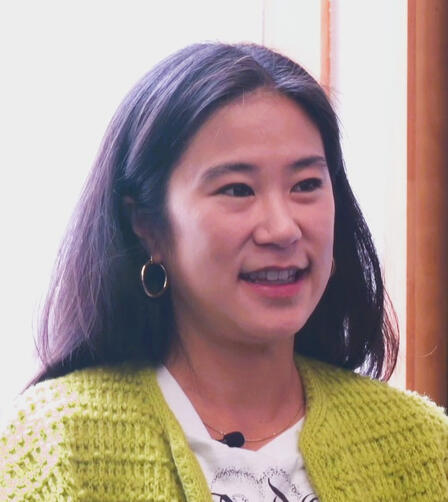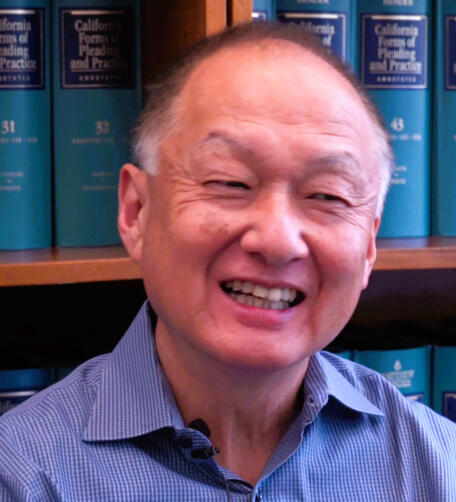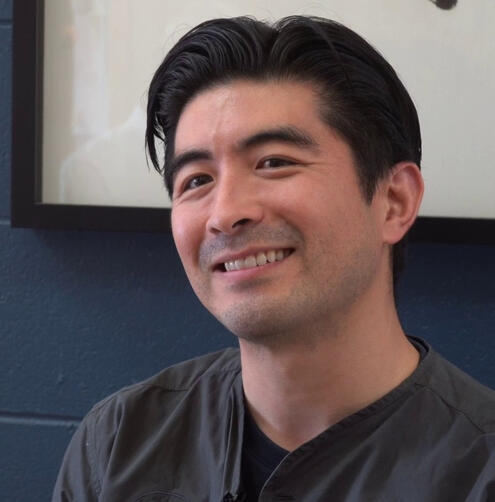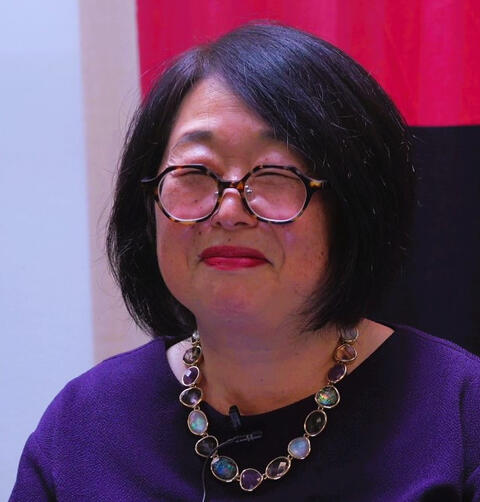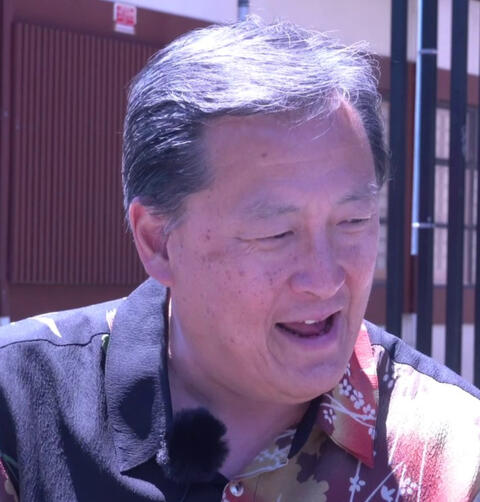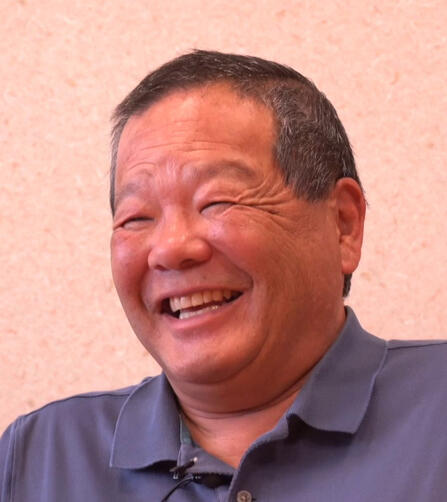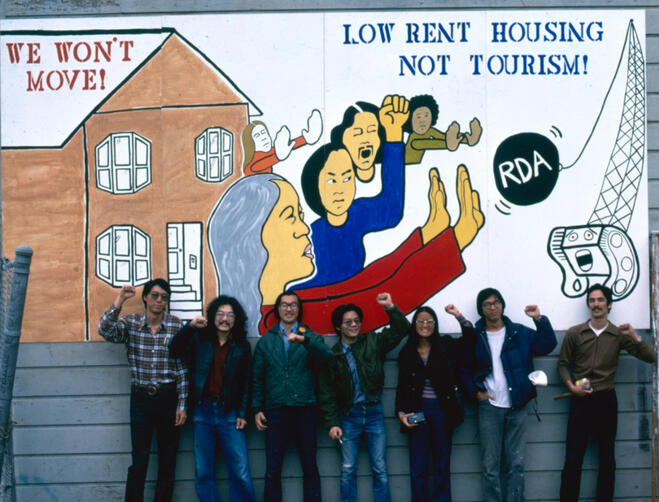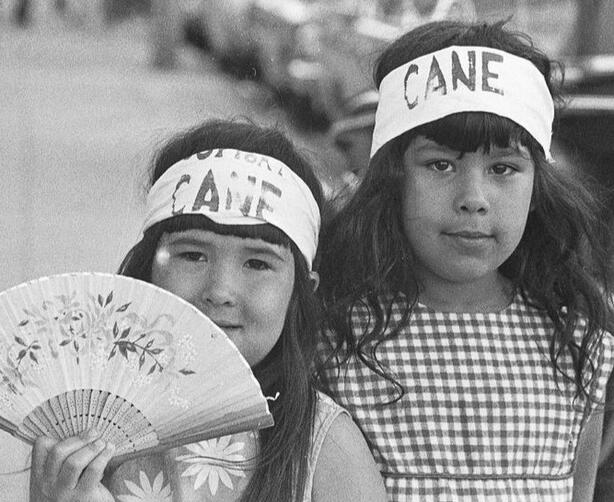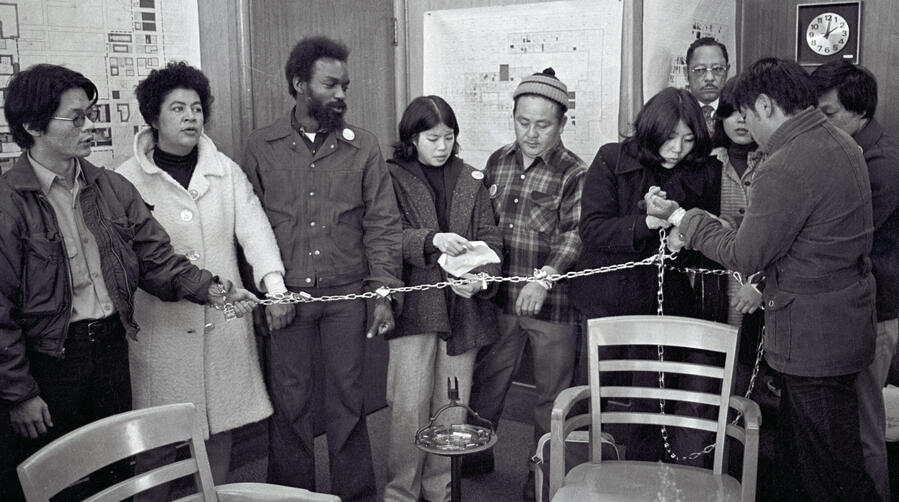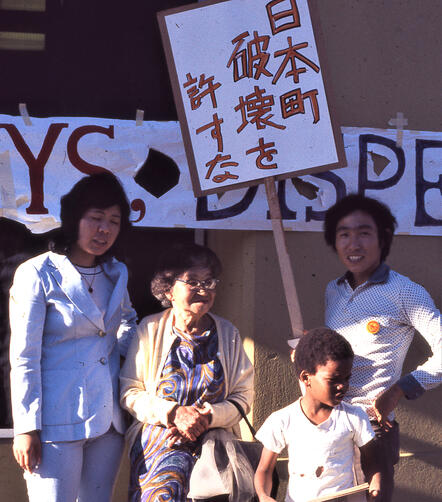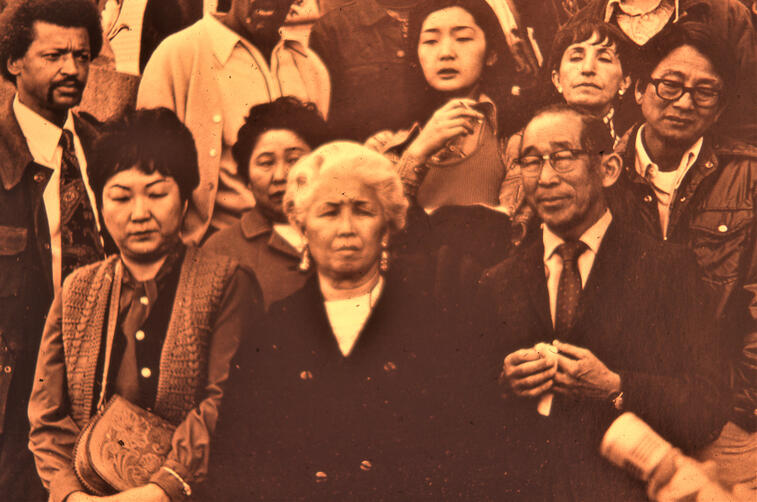Ganbaro!
The Fight for the Final Four Blocks
A video documentary
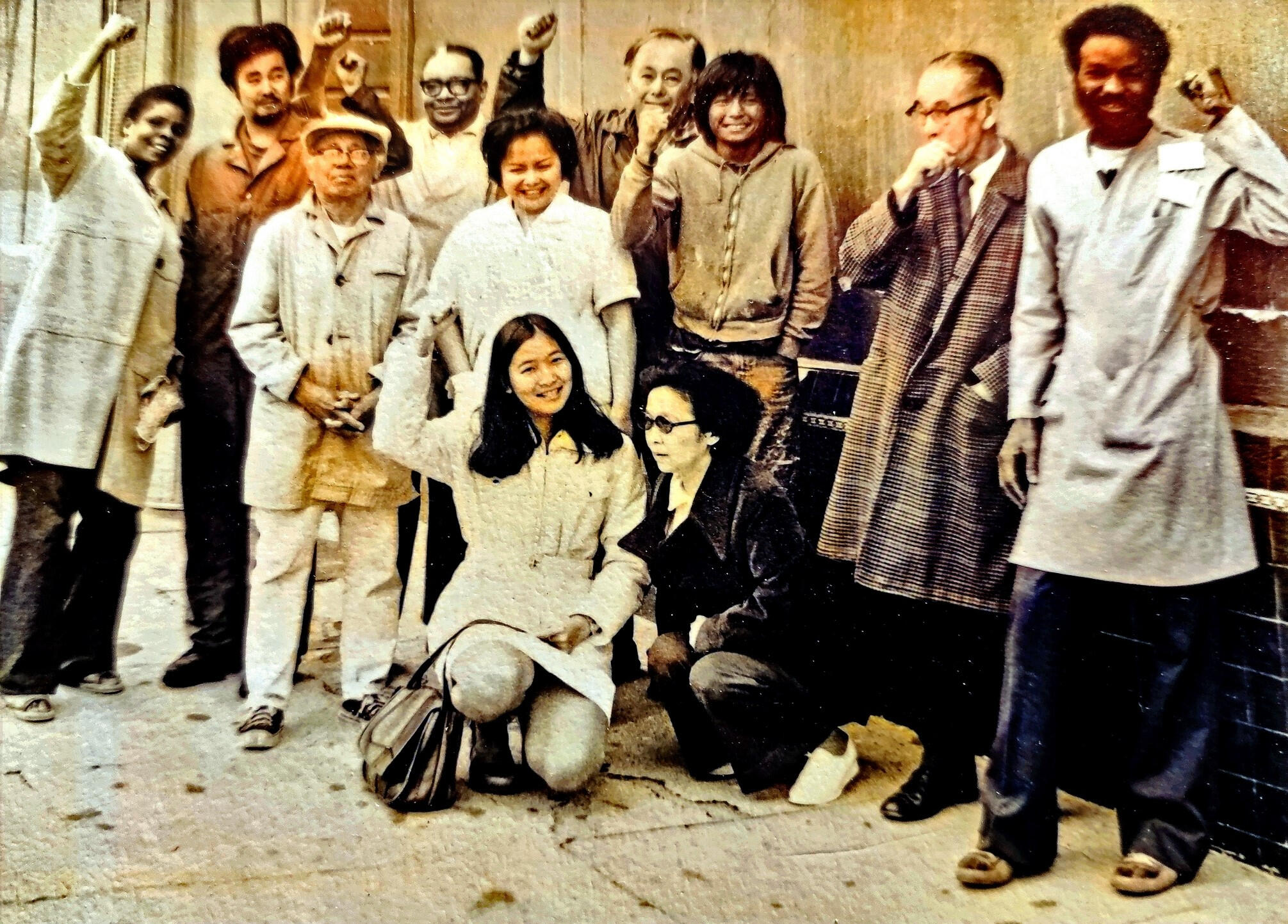
In January of 1973, a band of fed-up, abused residents, shopkeepers and students in San Francisco's Nihonmachi (Japantown) fought back against the bullies of urban renewal. For years, goons hired by the Redevelopment Agency armed with eviction notices controlled the community and their lives with disregard for civil rights and human dignity.
Enough was enough. It was time to rumble because there was nothing left to lose -- even if it meant doing the wrong things to make things right. It resonated across America as the news spread inspiring others victimized in similar ways to fight back. These defiant acts turned into a movement that gained national attention helping to change the laws to provide equal protection to those affected by "urban renewal." But today, Nihonmachi is facing new challenges - ones that will determine the community's future.
Who will rise up now to set a course for its future?
Story
Click on Promo below to see an 8-minute trailer on Ganbaro!
Story Description
The federal Housing Act of 1949 set into motion the first urban renewal program after World War II. Its intent was to modernize our urban core with a combination of new housing, livable neighborhoods and a friendly environment for businesses. Instead, what the residents faced was a two-decade nightmare.Most renewal projects turned into the Wild West with unlawful uses of eminent domain, greedy developers and corporate manipulators forcing complete neighborhoods to vanish. In their places rose new communities unaffordable for its former residents but a cash cow for its new owners. At the root of this manipulation was the localized Redevelopment Agencies (RDA) authorized to clear "blighted" areas in the name of progress.In San Francisco's Western Addition, the first urban renewal project in the country, the destruction and dispersal of its thriving communities (mainly of color) began in the mid 50s running through the 70s. Little or no compensation was ever granted to the 6000 evicted. Many residents lost their financial stability, their cultural heritage and their sense of safety and comfort.In the '60s era, even though the agency evicted thousands of people and leveled 60 city blocks, these areas remained an urban desert for an entire decade. The agency's prediction that these empty blocks would be quickly bought up by developers never materialized. Instead the area became infested with rats, crime and drugs.It was in this environment that the neglected/abused residents and shopkeepers joined a group of young activists honed by the Civil Right Movement of the 60s. This rag-tag band became known as CANE, the Committee Against Nihonmachi Evictions. (Nihonmachi translates to Japantown, once a thriving 25-block community in the Western Addition.)CANE started in 1973 and quickly gained traction with those on the verge of evictions by the city's Redevelopment Agency. The agency used goons to scare the tenants into leaving without compensation or legal representation.Over the course of the 1970s, CANE fought RDA at every turn demanding the agency preserve low cost housing and retail spaces for those it was evicting. CANE demanded the agency meet its legal obligations which until then, had been ignored in many cases. For the first time, the people of Nihonmachi had a voice representing their collective interests.Now, it came down to the final four blocks of Nihonmachi. It was the last stand - a stand that would determine who controlled the future of a community - those who lived there or outside developers under the banner of urban renewal.
About
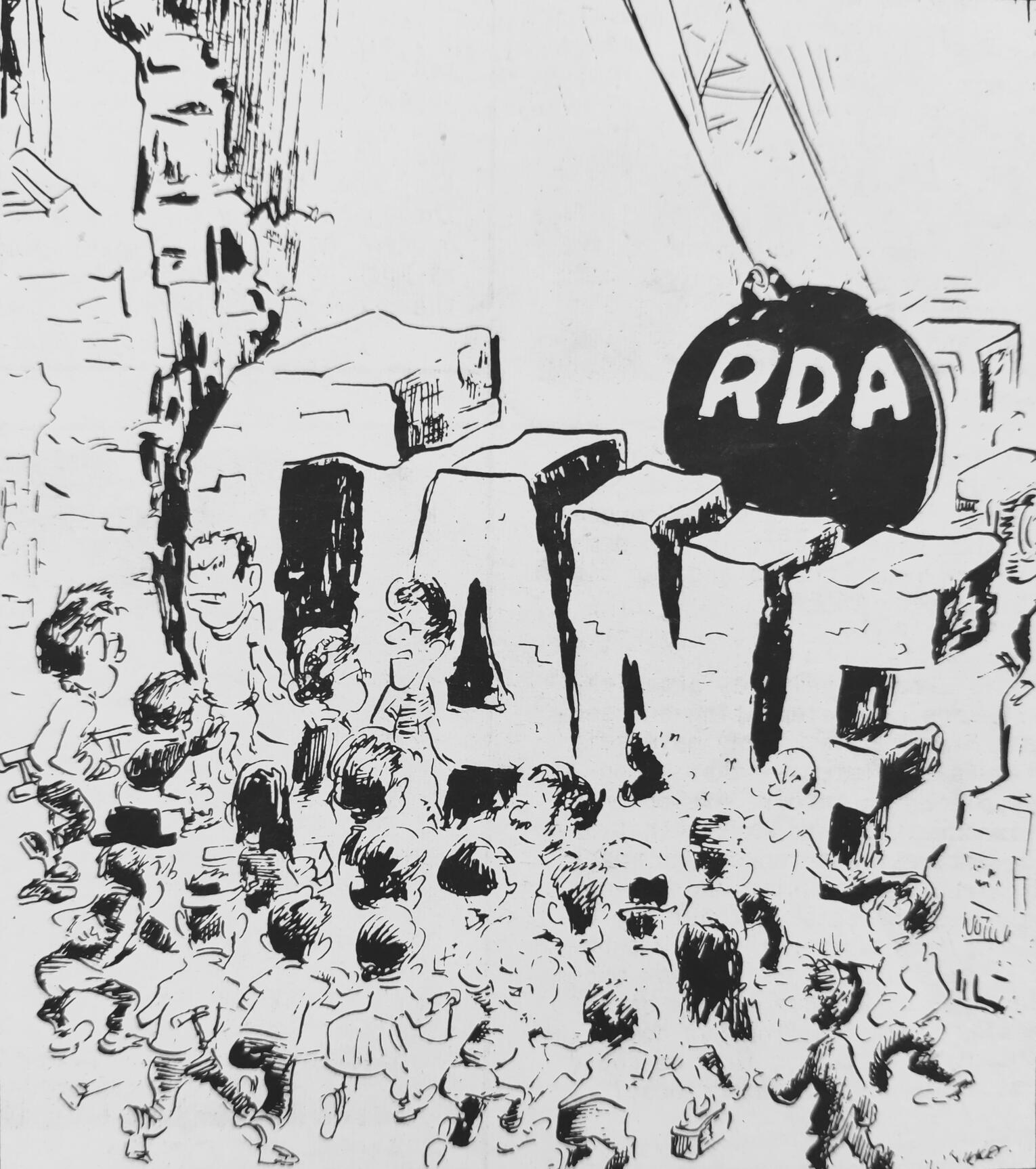
About UsOur goal was to tell a comprehensive story about Nihonmachi from its roots through redevelopment and its potential for the future. While this documentary is a continuation of our first video, Crossroads In Nihonmachi, we believe it tells a complete story about the community using new interviews, new findings and interviews we did in 2005 which bear new perspectives on redevelopment.This video documentary was written and directed by Boku Kodama. Compiling and editing this massive amount of materials was Ken Yamada, an archivist with one of the largest private collections of Japanese American history. Both Boku and Ken are passionate historians of Japanese American history. This project was a labor of love. Neither individual was paid for their work other than reimbursements for necessary hardware and consumable media storage.This project began in June, 2021 and concluded in August of 2023 in conjunction with CANE's 50th Anniversary on August 19, 2023.The voiceovers were performed by Jeanie Hibino. Additional research was provided by Joan Takano, Jeanie Hibino, Donna Kotake, Joyce Nakamura, Mickey Imura, June Hibino and Mark Voorhees. Interviews were conducted by Boku and video recorded by Ken.Many of the photos used in this story were originally shot by Boku with additional photos by the J-town Collective, the Japanese American National Library, Richard Wada and the San Francisco Public Library. Additional video was supplied by Visual Communications and the National Japanese American Historical Society.Music was edited by Boku and provided by Melody Takata and Gen Taiko, Jon Jang and Asian Improv Records, Nobuko Miyamoto, courtesy of Smithsonian Folk Ways Recordings and Freeplay Music.Major funding was supplied by the Kodama Family Trust with additional funding by the Japanese American Community Foundation under the fiscal management of Lori Matoba of the Japanese Cultural and Community Center of Northern California.
Ordering
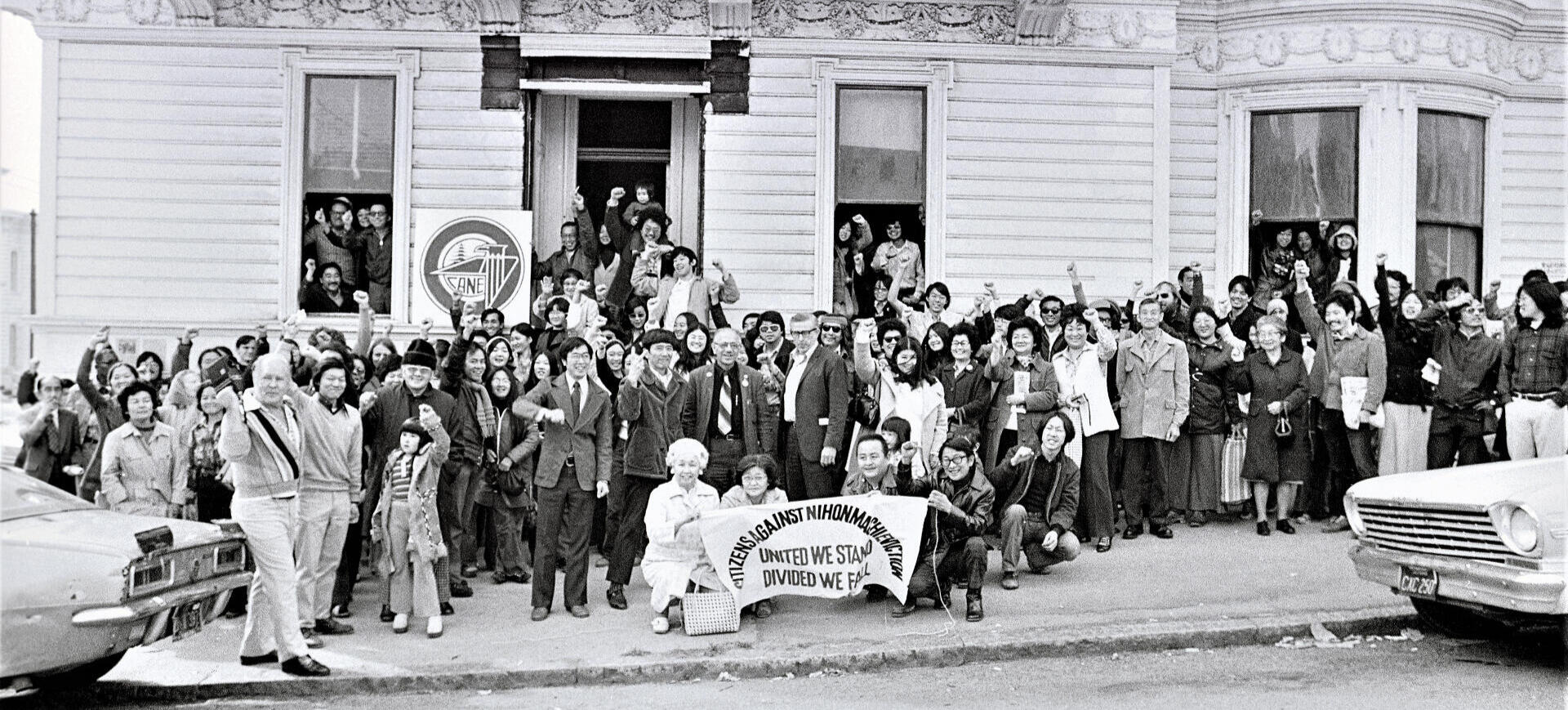
How to Order the Video"Ganbaro!, The Fight for the Final Four Blocks" is available to educational institutions in ethnic studies, urban studies and related fields as well as non-profit community groups working in the areas of social services, urban planning, housing and civil rights for $5 shipping in its business card size USB form. Please provide proper identification. Urban planners and others in the public and private sectors can purchase the video for $25 covering the costs of the USB and shipping.Orders can be placed by contacting Boku Kodama: bokukodama@gmail.com from April 1, 2024. We accept Venmo. Questions can also be sent to bokukodama@gmail.com.If this project resonates with you and you wish to contribute to the on-going effort to preserve Nihonmachi, you can contribute to the Sansei Legacy Trust Fund which is working to rehabilitate community service buildings in Nihonmachi as well as future affordable housing projects. Donations may be tax deductive.Please click on the Donate button below:
Once on the site, scroll down and click on How should we use your donation?
Find "Sansei Legacy Trust Fund" and place an amount.
Teacher Guide
A comprehensive Teacher Guide is available to teachers and discussion leaders at no charge. It is an 8-page document describing the documentary and providing a short summary of each chapter as well as discussion questions. Because this documentary is meant to be used as an educational tool, we know that allowing for audience feedback and creative problem solving after each chapter is crucial in maximizing the viewer's comprehension of the subject.
It is included on the USB drive.
News
CANE Celebrates 50th Anniversary
